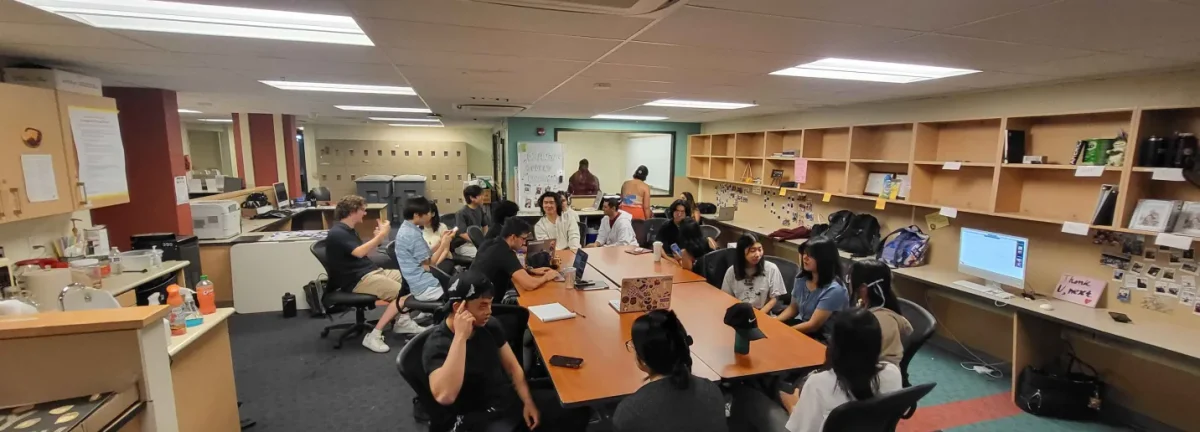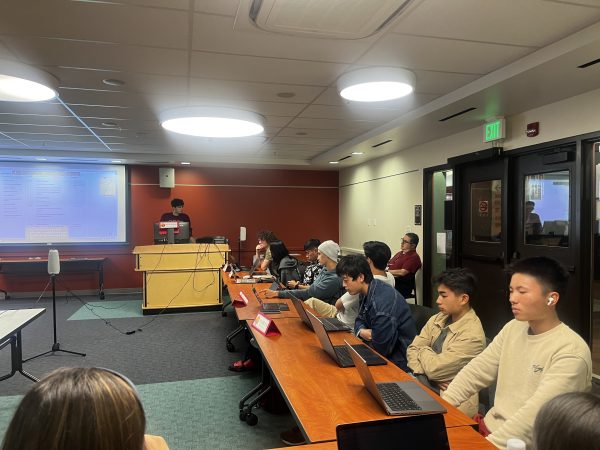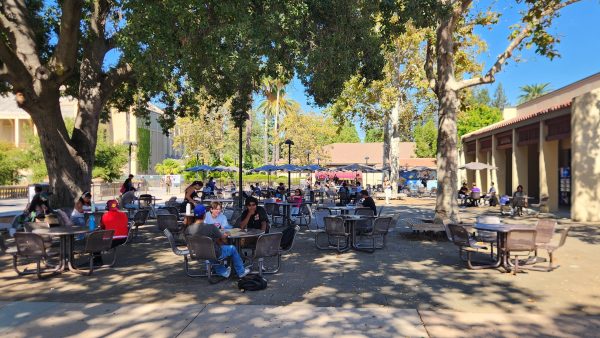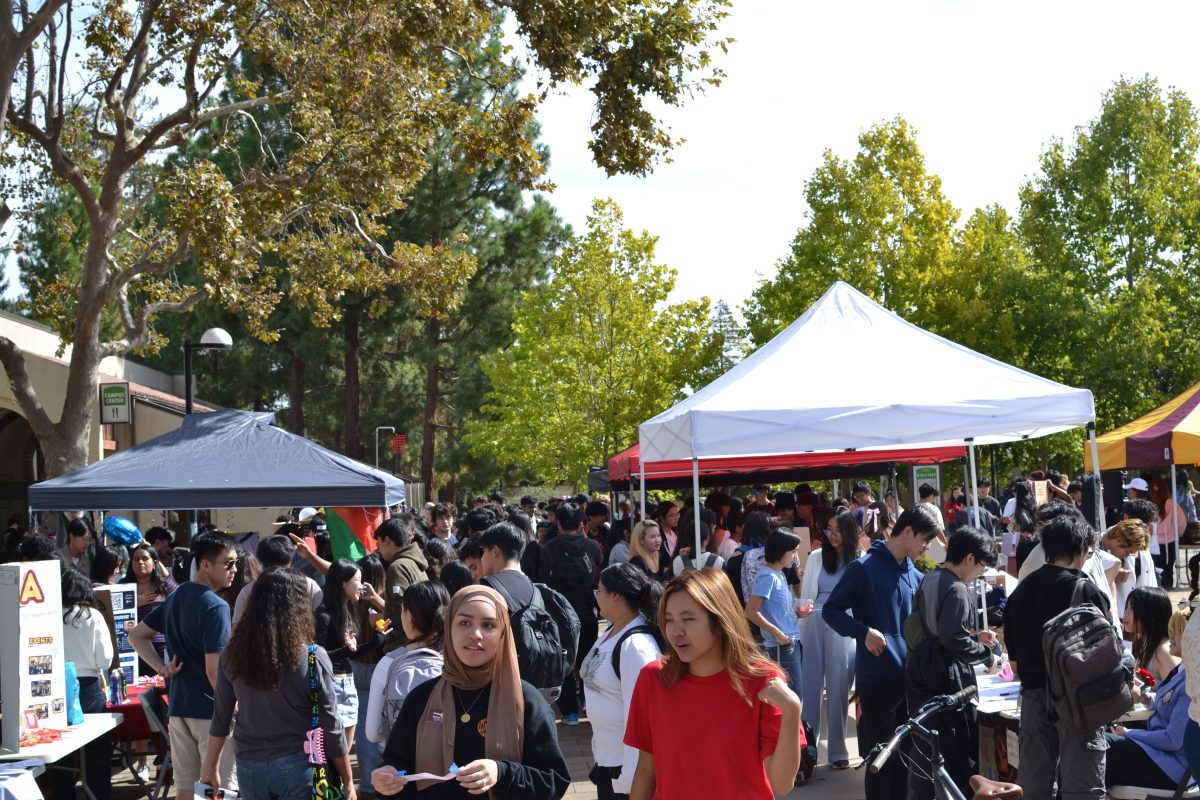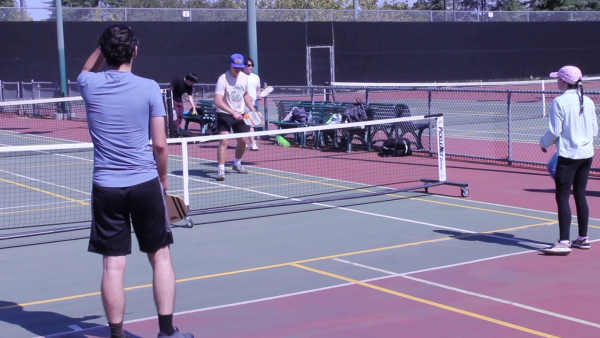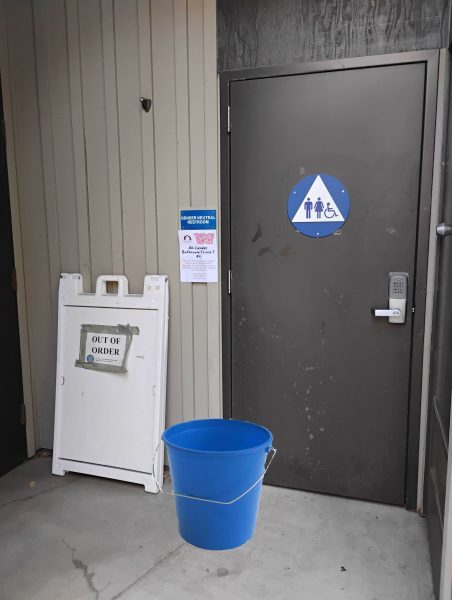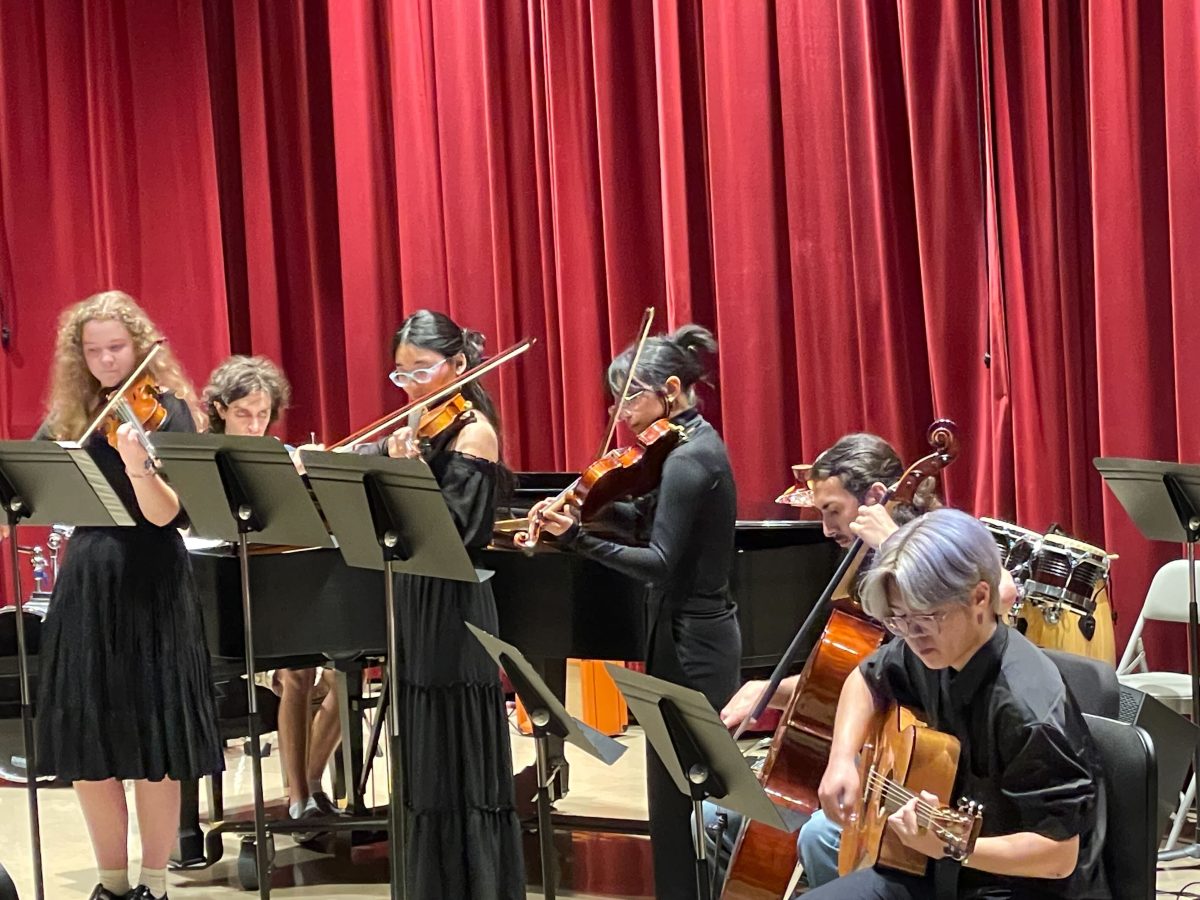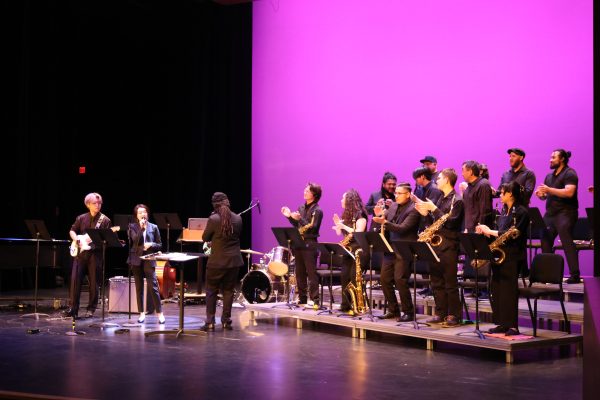San Jose State cheats tuition freeze
Uses campus fees to fund school on backs of students
April 19, 2014
The most recent CSU fee increases are a shameless attempt to circumvent the state laws that froze tuition in 2012.
Despite already having the second highest campus fees in the CSU system, San Jose State University is raising its campus fees to $2000 per year.
If a campus fees increase isn’t enough of a reason to be upset with San Jose State, it’s also raising the student success fee from $630 to $790. After the raise it will be the highest in the CSU system.
All of the administrations that are raising and instituting new fees should be ashamed of themselves, none more so than popular De Anza College transfer location and worst offender San Jose State.
What makes these fee increases and allocations even more laughable is the San Jose State website says the CSU system makes every effort to keep student costs to a minimum.
San Jose State’s actions show it is doing the exact opposite.
Runner-up Cal Poly San Louis Obispo is leaving its fee at $630.
Not only are the fees being raised at the student’s expense, a large fraction will provide no benefit for the majority of them.
Forty percent of the money gathered through campus fees and student success fees went to the athletics department instead of academics.
These are not the actions of a school that is concerned about helping students succeed.
If the academic situation is so dire that the school has to find loopholes in the tuition freeze and raise students’ fees, all of the new income should go to correcting academic funding shortages.
None of the money should go to luxuries such as athletics.
Another troubling issue is there is nothing to stop the administration from raising fees again or giving more income from the fees to athletics.
When the administration raised and allocated the most recent set of fees, it did it behind the students’ backs.
According to the San Jose Mercury News, San Jose State has two options when it comes to raising fees.
University administrators can either hold a student referendum, or they can consult with the students before making the decision. San Jose State went with the second option, leaving students out of the decision-making process.
The community college and California State University programs exist in order to provide affordable college options. Instituting fees that make colleges unaffordable works counter to this mission.
Instead of placing fees that curtail attendance or force students to take on vast amounts of debt, the CSUs should look for other ways to offset its costs.
Having state colleges is pointless if the majority of people are unable to attend.










